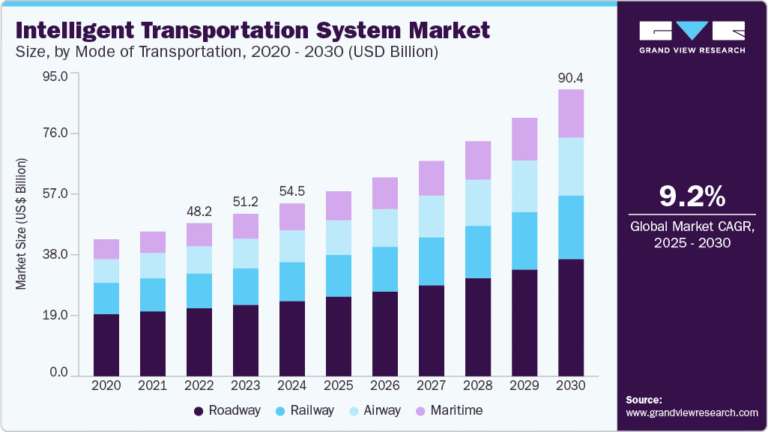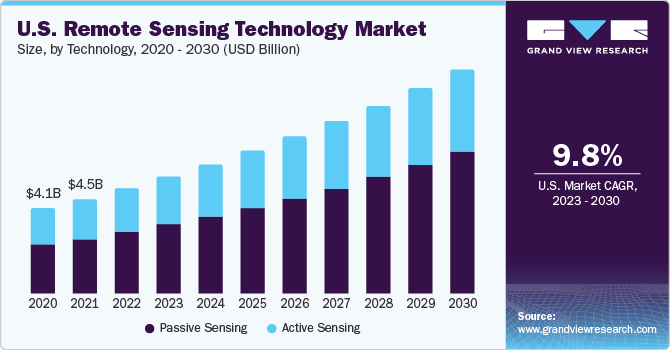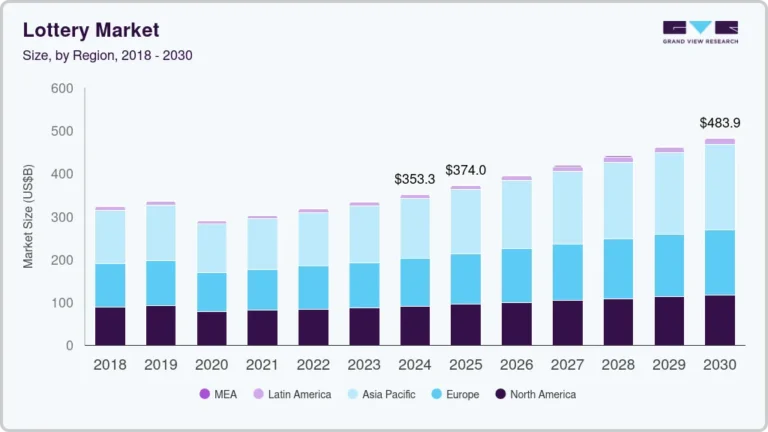Locomotive Market Size, Share & Trends Analysis growing at a CAGR of 9.7% from 2025 to 2030.

The global locomotive market size was estimated at USD 23,895.9 million in 2024 and is projected to reach USD 40,696.8 million by 2030, growing at a CAGR of 9.7% from 2025 to 2030. The growth of the locomotive industry is primarily driven by rising investments in rail network infrastructure by both public and private entities.
Key Market Trends & Insights
- In terms of region, North America was the largest revenue generating market in 2024.
- Country-wise, Indonesia is expected to register the highest CAGR from 2025 to 2030.
- In terms of segment, electric accounted for a revenue of USD 12,533.6 million in 2024.
- Electric is the most lucrative type segment registering the fastest growth during the forecast period.
Market Size & Forecast
- 2024 Market Size: USD 23,895.9 Million
- 2030 Projected Market Size: USD 40,696.8 Million
- CAGR (2025-2030): 9.7%
- North America: Largest market in 2024
Request a free sample copy or view report summary: https://www.grandviewresearch.com/industry-analysis/locomotive-market-report/request/rs1
Additionally, growing developments in the urban and metropolitan areas, owing to the rise in population, are further anticipated to increase the demand for improved rail networks, thereby driving market growth. Moreover, a growing number of government initiatives in improving railway infrastructure and deploying new-age locomotives that travel faster are expected to drive the locomotive industry growth over the forecast period.
The growing focus of government agencies in optimizing the railway infrastructure to ease the travel experience of commuters has been one of the major factors contributing to the market growth. For instance, in November 2021, the U.S. government announced a USD 1.2 trillion infrastructure investment plan, wherein funds will be provided by the Federal Transportation Administration (FTA) over a period of five years.
Also, several locomotive manufacturers are partnering with government agencies to invest and develop advanced locomotives beneficial for economic development. In February 2023, Alstom, a smart and sustainable mobility manufacturer, partnered with the Government of Quebec, Charlevoix Railway, Train de Charlevoix, Harnois Energies, and HTEC to develop a hydrogen-powered passenger demonstration train, the Coradia iLint. Harnois Energies will manufacture the green hydrogen-powered train in Quebec City.
Additionally, investments in advanced locomotive technologies, such as high-speed rail and electric/hybrid locomotives that are poised to reduce carbon emissions and promote sustainable transportation have further contributed immensely to the growth of the locomotive market. For instance, in November 2021, Wabtec Corp entered into a contractual agreement with Egyptian National Railways (ENR) to provide 100 ES30ACI Evolution Series Locomotives and a comprehensive, multi-year service agreement for ongoing fleet maintenance. The locomotive supply contract, financially supported by the European Bank for Development and Reconstruction, underscores their commitment to providing the necessary funding for this substantial project.
Type Insights
Based on type, the electric segment accounted for the largest share of 48.7% of the locomotive market in 2024. The growth of this segment is attributed to the increasing focus of public & private manufacturers on environmental sustainability. Electric locomotives produce lower emissions, reducing air pollution and greenhouse gas emissions. Thus, rising inclination toward electric mobility and the use of renewable resources, the segment is poised to grow considerably over the forecast period. Additionally, the increasing concerns by governments and regulatory bodies to increase the adoption of electric locomotives as part of their efforts to combat climate change are also contributing to the growth of the locomotive industry.
The diesel-type segment is expected to grow at a considerable CAGR over the forecast period. The growth of this segment is due to diesel-powered locomotives’ ability to provide high-power, minimum infrastructure requirements for deployment and performance. The diesel locomotive segment growth is also due to advancements with engine upgrades, emission control systems, and fuel efficiency improvements, contributing to reduced emissions and operating costs for diesel locomotives, contributing to locomotive industry growth.






